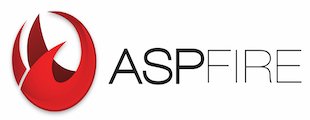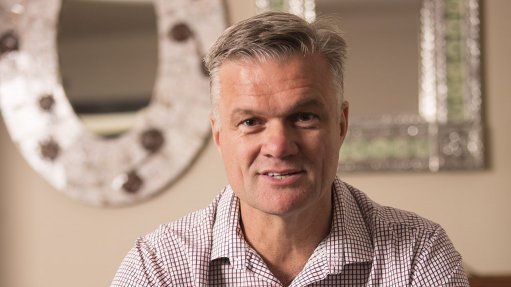

A rational design for fire-safety purposes is not just a tick box exercise
As building regulations evolve and safety standards are updated, the importance of consulting an expert for a proper rational design in fire protection is increasingly vital. ASP Fire CEO Michael van Niekerk highlights the fifth edition of SANS 10400 Part T, released in February this year, stressing the need for sound engineering principles in fire safety measures.
The standard addresses fire protection requirements and provides deemed-to-satisfy guidelines for compliance with National Building Regulations. This comprehensive document covers various aspects of fire safety, including safety distances, occupancies, fire performance, structural components, escape routes, and more.
Van Niekerk highlights that rational design goes beyond mere compliance with regulations. It involves a thorough understanding of fire risks and behaviour, allowing for the development of customised fire protection strategies. This approach ensures flexibility to meet safety requirements by considering alternative solutions, while affording the same level of protection.
“Rational design is a performance-based approach that requires the expertise of registered engineers,” explains Van Niekerk. “From shopping centres to industrial structures like fuel depots, a proper rational design cannot be achieved by simply following code requirements. It starts with a comprehensive risk assessment.”
Van Niekerk further highlights the necessity to conduct new fire safety assessments, especially during refurbishments or extensions of existing structures, or when solar panels are installed at an existing shopping centre, for example. “Fortunately, many companies recognise their lack of expertise in fire safety and opt to consult a professional like ASP Fire to ensure compliance with regulations.”
Involving experts from the planning stage ensures that the design and installation of fire safety systems align with regulations and industry best practices. “A rational design cannot just be a tick box exercise in terms of the regulations. It requires specific expertise to be carried out effectively and properly,” says van Niekerk.
As regulations continue to evolve and building designs become more complex, proactive risk assessments and customised fire safety strategies are essential to safeguard lives and property against fire hazards, he concludes.






